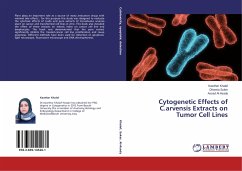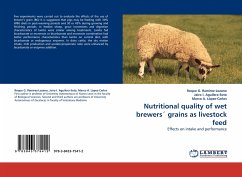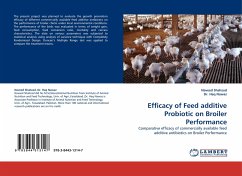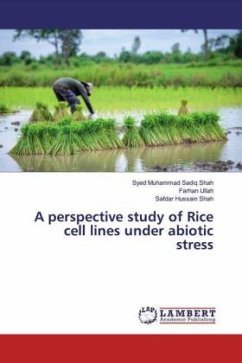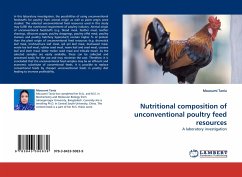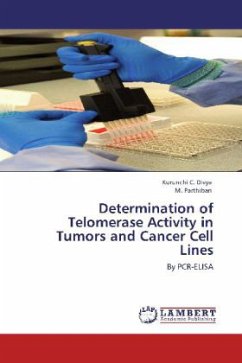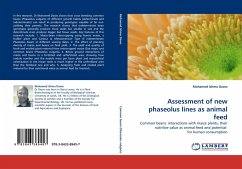
Assessment of new phaseolus lines as animal feed
Common beans: interactions with maize plants, their nutritive value as animal feed and potential for human consumption
Versandkostenfrei!
Versandfertig in 6-10 Tagen
52,99 €
inkl. MwSt.

PAYBACK Punkte
26 °P sammeln!
In this research, Dr Mohamed Dawo shows how cross breeding common beans (Phaseolus vulgaris) of different growth habits (determinate and indeterminate) can result in producing genotypes capable of far out-yielding their parents. The research shows that indeterminate bean genotypes generally produce more seeds but smaller in size and the determinate ones produce bigger but fewer seeds. Key features of this research include: 1. Maize-bean intercropping using Nancis maize, a fodder plant and Carioca (a Mesoamerican Type III indeterminate Phaseolus bean) at different sowing dates. 2. The effect of...
In this research, Dr Mohamed Dawo shows how cross breeding common beans (Phaseolus vulgaris) of different growth habits (determinate and indeterminate) can result in producing genotypes capable of far out-yielding their parents. The research shows that indeterminate bean genotypes generally produce more seeds but smaller in size and the determinate ones produce bigger but fewer seeds. Key features of this research include: 1. Maize-bean intercropping using Nancis maize, a fodder plant and Carioca (a Mesoamerican Type III indeterminate Phaseolus bean) at different sowing dates. 2. The effect of planting density of maize and beans on final yield. 3. The yield and quality of fresh and ensiled plant material from intercropped maize (Zea mays) and common beans (Phaseolus vulgaris). 4. Below ground interactions of maize and beans in a fertilized and unfertilized area, showing how nodule number and the nodule mass per bean plant and mycorrhizal colonization in the maize roots is much higher in the unfertilized area than the fertilized one and why. 5. Analysing fresh and ensiled plant material for their nutritional value as animal feed for livestock.



